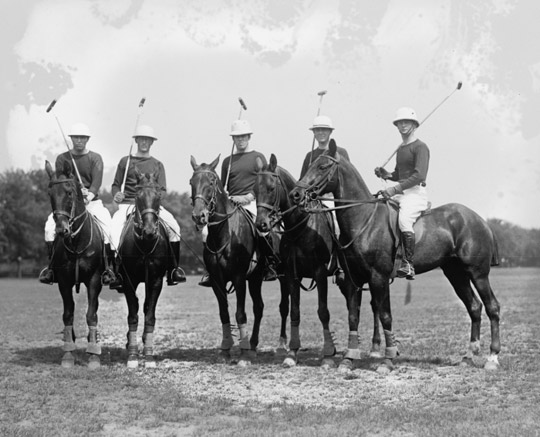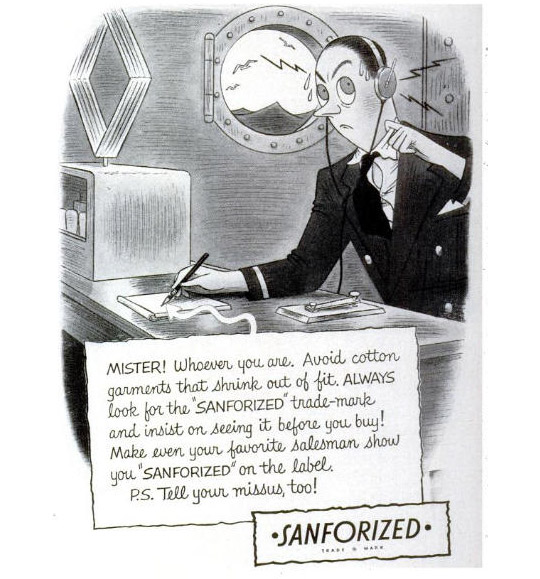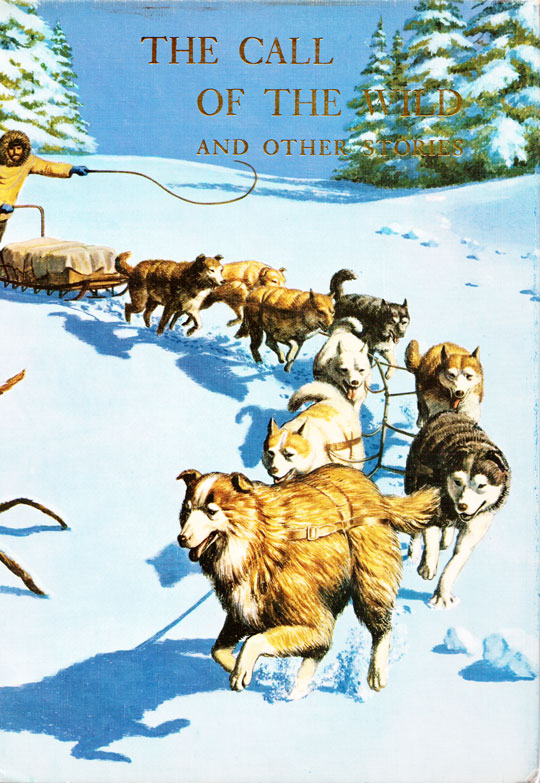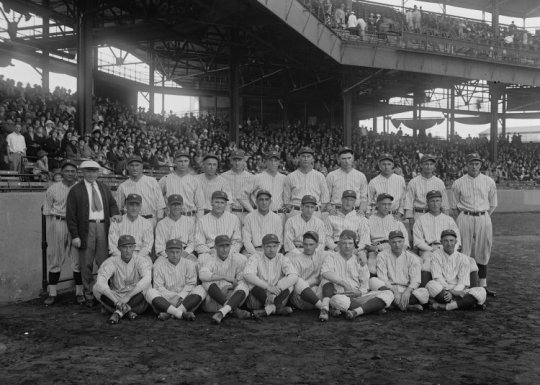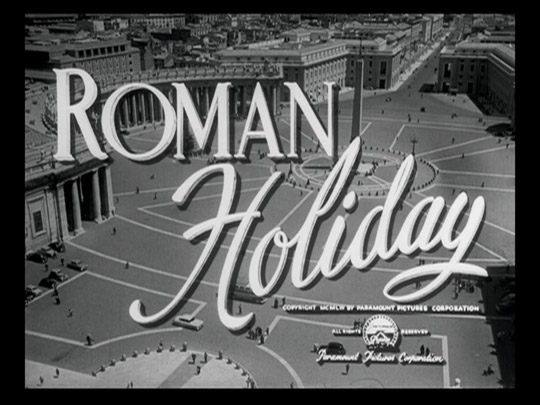Vintage polo style from between 1910-1930, long before Ralph Lauren came along.
Category: Culture (page 13 of 27)
Up until 1930, fabric shrinking was a real problem for any clothing you bought. Then sanforization came along, which is a patented process for shrinking the fabric yarns back down to their original size after they’re woven. Developed by Sanford L. Cluett, it became one of the most important innovations in textile technology of the 20th century.
After its creation, the term “sanforized” was trademarked and heavily advertised for several decades – like most companies, they went through different phases of ads and during the 50’s they used comics.
For some light Sunday reading, publisher Toolemera Press has a nice selection of vintage tool catalogs going back to the 1800’s for free viewing on their website, along with some interesting photo galleries. Via Best Made Company.
A catalog from Mack & Co., circa 1909. Many tool illustrations.
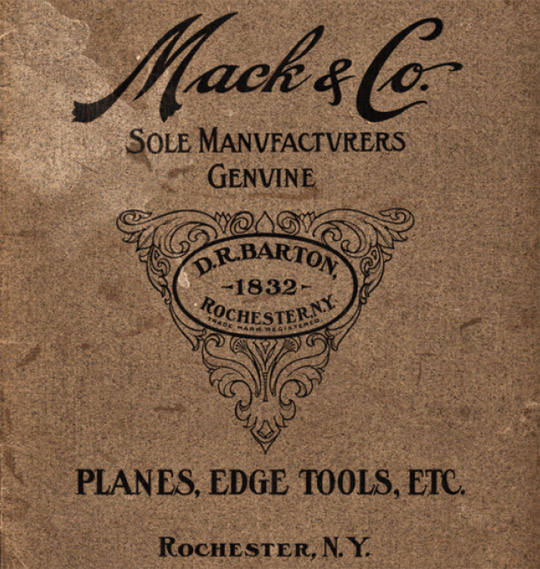
A printing plate of an axe head from the Underhill Edge Tool Company, circa 1860.
The guys over on 37signals picked up on an interesting tidbit in the all of the recent reporting on General McChrystal. It seems the choice of footwear among war correspondents are boots from R.M. Williams:
Among his peers, Dexter, who is writing from Kabul, is regarded as one of the very best (some would say the best) of the band of brothers and sisters who have gone to war with their pens and notebooks, their flak jackets and helmets and R. M. Williams boots (from Australia, and by habit heavily scuffed; they are as indispensable to this generation of war correspondents and photographers as the dangling cigarette was to the generation of Ernie Pyle).
R.M. Williams are known for their sturdy boots, and make a popular slip-on chelsea model. Their Rigger boots:
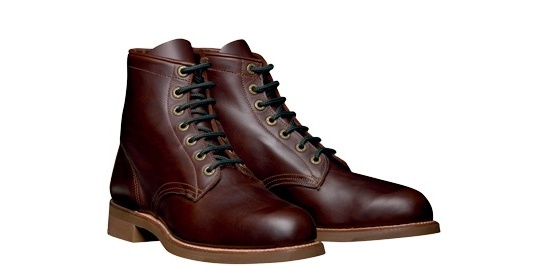
For those of you who might have purchased one of those fancy axes from Best Made Co. or Gränsfors and need some tips on how to use it properly, check out this manual written for the USDA Forest Service. It covers axe history, safety, sharpening, and chopping techniques.
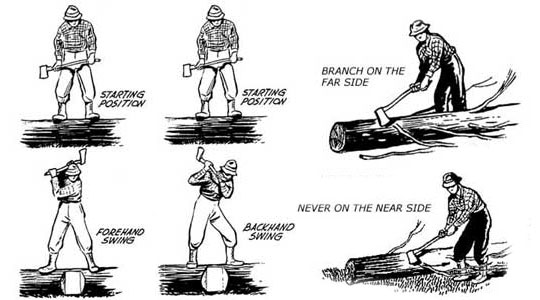
Continue reading more.
Found after a long search: a special illustrated version of The Call of the Wild by Kyuzo Tsugami. First published in 1965, the book has a number of both color paintings and black and white drawings of scenes from the classic short novel – copies are hard to come by, but are luckily not expensive and should only set you back about $10 or less if you can find one.
Tsugami was a successful illustrator during the 60-70’s and worked on many children’s books for the Japanese and English markets on topics ranging from family life to dinosaurs.
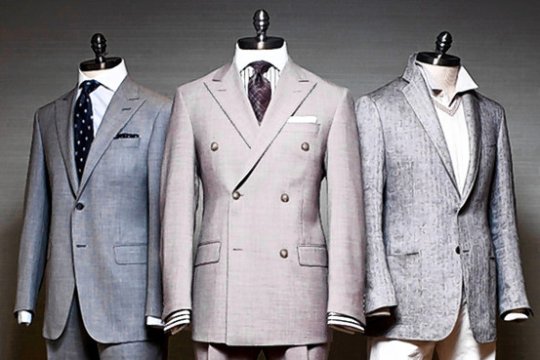
Some things that you might have missed if you’re not following me on twitter:
News
– The new Hickey Freeman? Do Men Want Boxy or Bold?
– Are Designer Sunglasses Worth It? A look at the business of Luxottica and eyewear.
– Workroom has a preview of Garbstore’s SS11 collection.
– Inverallan goes out of business: “After many years of business we have decided to retire. Many thanks to all our loyal customers.” Update: It sounds like they might stay in business, but are closing their mail/internet order system. Stay tuned.
– Superior Labor has a new bag design which could be great for camera gear.
– The Real McCoy’s updated their website for FW10.
– More on those awesome Makr stools.
– New blogs you should follow: Suitorial and Gentleman’s Gazette.
Shopping
– The hard to find EG Newport jackets from last year are on Yoox.
– Sak’s has a few Polo Ralph Lauren navy blazers in larger sizes on sale.
– J.Crew is selling some new shell cordovan Alden boots.
Photo by Steve Benisty for the Wall Street Journal.
A selection of random baseball pictures from between 1900-1930. Some of the portraits are very powerful.
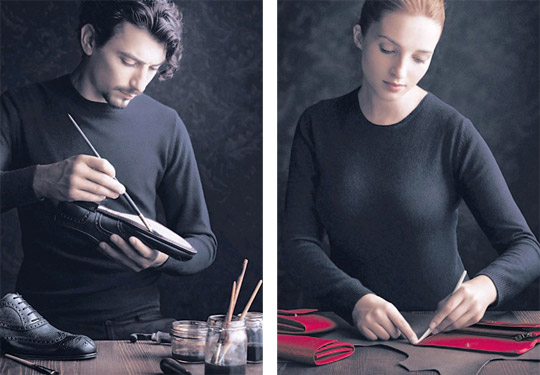
LVMH recently got into a bit of trouble in Europe for advertising their products as being handmade by small workshop artisans when in truth, a majority of their products are made on assembly lines:
There’s just one tiny detail missing. Hardly any Vuitton bags or wallets are handmade. While reporting an article on Vuitton in 2004, I visited one of its factories in the village of Ducey near Mont St. Michel. There I saw rows of workers seated at sewing machines, stitching together machine-cut pieces of canvas and leather. The partially finished bags were rolled from one workstation to the next on metal carts.
Britain’s Advertising Standards Authority then ordered them to stop not long after the ad campaign started:
The bureaucrats paid to protect the public from flimflammery declared this to be a fraud. “[C]onsumers would interpret the image of a woman using a needle and thread to stitch the handle of a bag,” the agency ruled, “to mean that Louis Vuitton bags were hand stitched.”
Fair enough, but one can’t help but think that the Standards Authority was just attempting to protect Savile Row and Northhampton craftsman, many of whom use machines for their own “handmade” work. The word is very ambiguous in marketing these days and it’s probably too late to protect it now.
What even counts as being handmade? Despite what notions we like to think of, most goods sold today were probably touched by a machine at some point – shoes need to be welted, jeans need to be sewn, and buttons need to be punched. These sorts of things should be encouraged though, as it helps efficiency (and in theory, better prices for consumers). A little leeway should be alright; after all, handwork is still involved somewhere along the way and a machine can still not beat the experience of a seamstress who has the finesse to finish those delicate details or the tailor who knows how to cut the fabric just right.
The 1953 black and white film introduced Audrey Hepburn to the the world and also won her the Academy Award for Best Actress. Co-star Gregory Peck plays a regular joe newspaper man.
